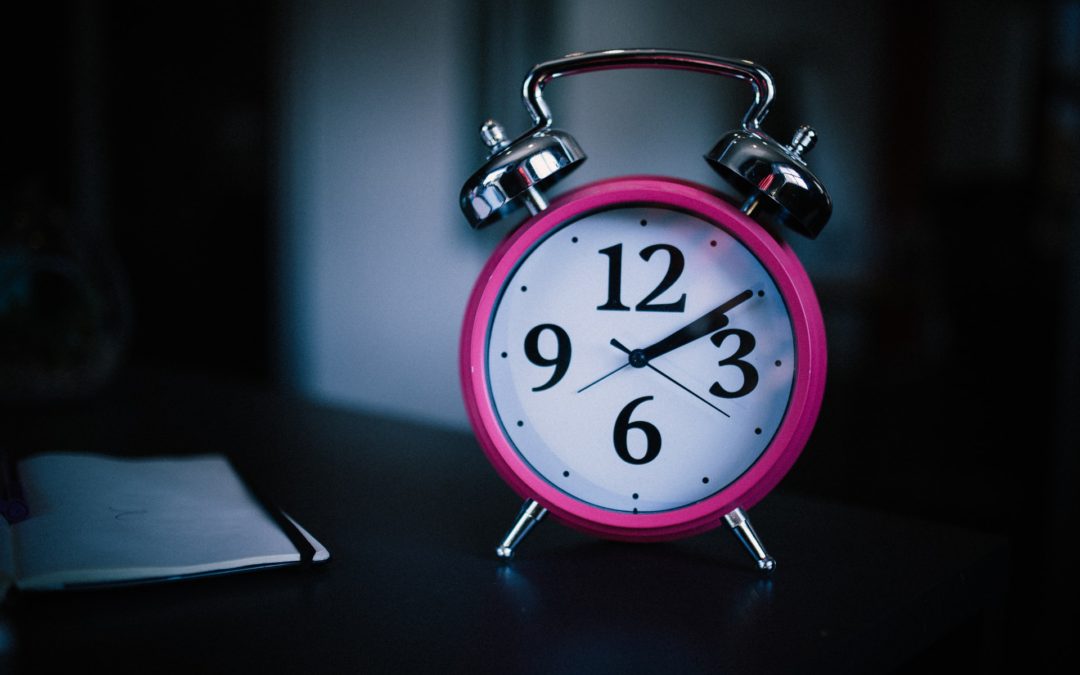The 4 AM Struggle
If you’ve ever been awakened in the early morning with racing thoughts, worry or other random unwanted thoughts… you’re not alone. Yes, in this stage of life where sleep is becoming more important, and I’m awakened by “hot flashes” in the middle of the night…I’m acutely aware of the fact that once awake, my mind wanders to very unproductive and often weird places.
It’s the quiet of the night, when your body is still, and there is nothing physical to do to run away from the thoughts. Sometimes the thoughts are about forgotten “To Do List” items… Other times it’s about something coming up in the next week, or something I’m preparing for in my head. Regardless, when my body and mind want to sleep…there’s nothing worse than watching the clock and then worrying that I’m not getting enough sleep! Or worse…counting down the little time I have left to sleep before the alarm sounds.
Tapping and Meditation
I’m not immune to the reality of the 4 am wake up. I know when I find myself there, I need to do everything in my power to try to focus on my breathing, and even do some bilateral butterfly tapping lightly in order to try to slow my mind down. It doesn’t always work quickly, and it definitely takes practice to stay focused. Yet the more we can slow the speed of the racing random ideas, the greater chance we can get back to sleep.
Sometimes we just need to give ourselves permission to be. Breathing and tapping as well as progressive muscle relaxation can be effective tools. If you still struggle to fall asleep, then maybe a sleep story from a sleep app like “Calm” can assist you in just accepting where you are, and not judging yourself so harshly for your inability to fall back to sleep.
Journal at Bedside
If you are really struggling with anxiety and can’t seem to stop perseverating on a thought, I suggest you keep a journal on your nightstand and jot down a few thoughts or feelings as they circle through your head. Often, the repetition of worrisome thoughts can be stopped by acknowledging you hear them and then writing them down. By addressing the thoughts and physically writing the thoughts down, you are informing your nervous system that you recognize it’s anxiety, and that you are going to come back to these thoughts again at a later time.

